View all Standards for North Carolina Essential Standards 2010
B.AE.1.1 Understand the major technical elements, such as sound, lights, set, and costumes, and their interrelationships.
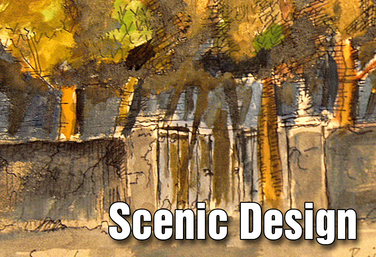
Part of the Drama One Curriculum
Scenic Design
by Karen Loftus
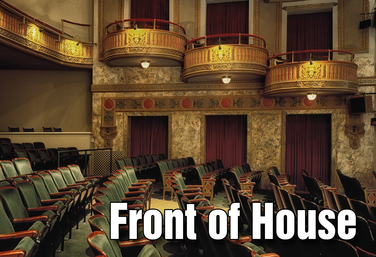
Part of the Drama One Curriculum
Front of House
by Karen Loftus
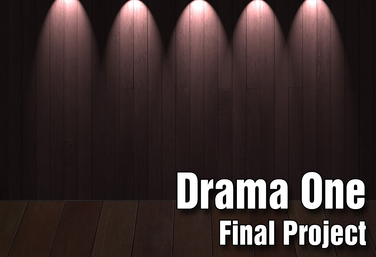
Part of the Drama One Curriculum
Drama One Final Project
by Karen Loftus
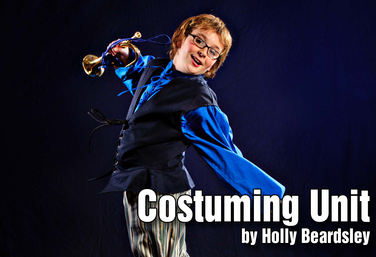
Costuming
by Holly Beardsley
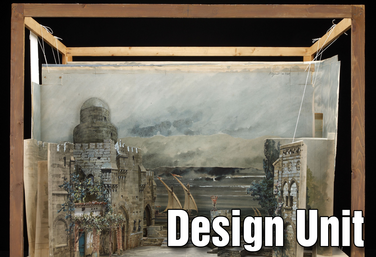
Part of the Drama Two Curriculum
Design
by Matt Webster
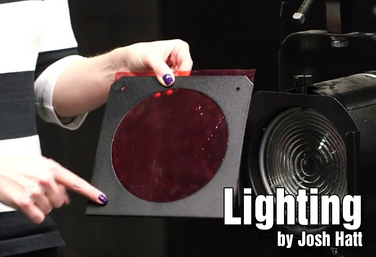
Part of the Technical Theatre Mini Units Curriculum
Lighting
by Josh Hatt
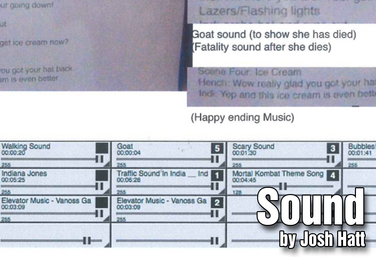
Part of the Technical Theatre Mini Units Curriculum
Sound
by Josh Hatt
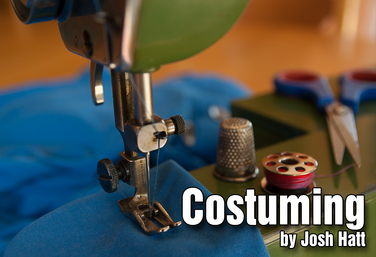
Part of the Technical Theatre Mini Units Curriculum
Costuming
by Josh Hatt
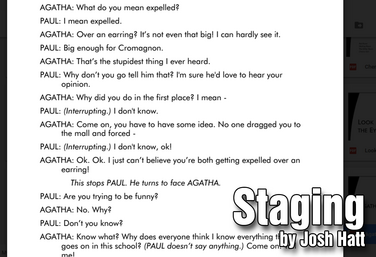
Part of the Technical Theatre Mini Units Curriculum
Staging
by Josh Hatt
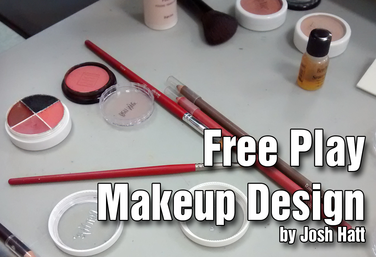
Part of the Technical Theatre Mini Units Curriculum
Free Play Makeup
by Josh Hatt
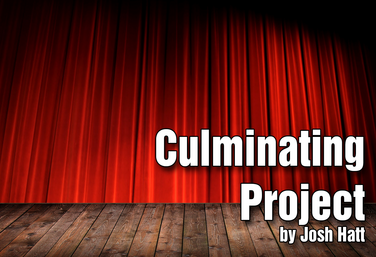
Part of the Technical Theatre Mini Units Curriculum
Culminating Project
by Josh Hatt
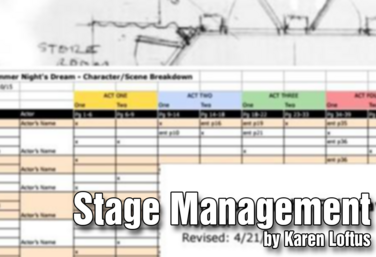
Stage Management
by Karen Loftus
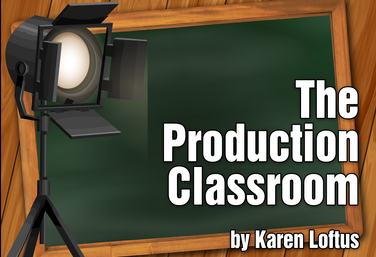
Part of the Production Classroom Units Curriculum
Production Classroom Units Overview
by Karen Loftus

Part of the Production Classroom Units Curriculum
Part One - Pre-Production
by Karen Loftus

Part of the Production Classroom Units Curriculum
Part Two - Rehearsal and Performance
by Karen Loftus

Part of the Production Classroom Units Curriculum
Part Two - Documents
by Karen Loftus

Part of the Production Classroom Units Curriculum
Part Three - Reflection and Assessment
by Karen Loftus
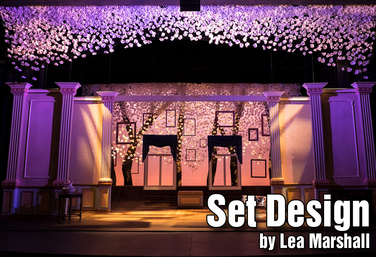
Introduction to Set Design *Hyperdoc
by Lea Marshall
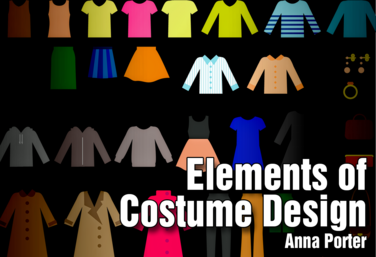
Elements of Costume Design *Hyperdoc
by Anna Porter
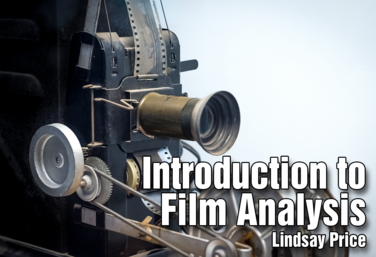
Introduction to Film Analysis: Mise en scène
by Lindsay Price

Part of the Stagecraft Without a Theatre Curriculum
Introduction to Theatre Production
by Karen Loftus

Part of the Stagecraft Without a Theatre Curriculum
Elements of Design
by Karen Loftus
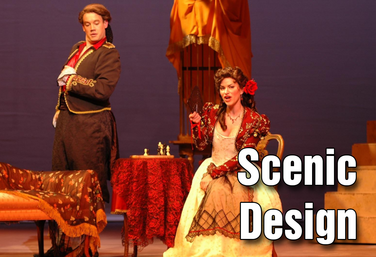
Part of the Stagecraft Without a Theatre Curriculum
Scenic Design
by Karen Loftus
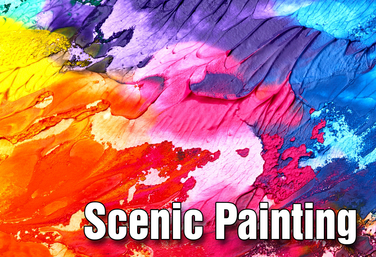
Part of the Stagecraft Without a Theatre Curriculum
Scenic Painting
by Holly Beardsley and Karen Loftus
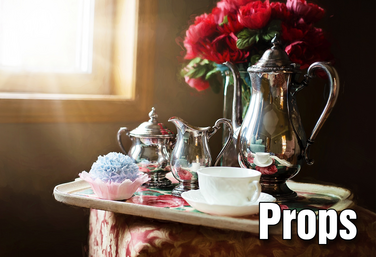
Part of the Stagecraft Without a Theatre Curriculum
Props
by Karen Loftus and Kerry Hishon

Part of the Stagecraft Without a Theatre Curriculum
Lighting
by Karen Loftus, Josh Hatt, and Kerry Hishon

Part of the Stagecraft Without a Theatre Curriculum
Sound
by Karen Loftus and Josh Hatt

Part of the Stagecraft Without a Theatre Curriculum
Costume Design
by Holly Beardsley, Karen Loftus, and Josh Hatt
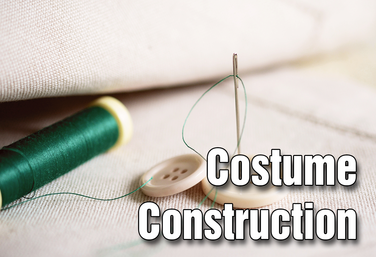
Part of the Stagecraft Without a Theatre Curriculum
Costume Construction
by Karen Loftus

Part of the Stagecraft Without a Theatre Curriculum
Culminating Project
by Karen Loftus
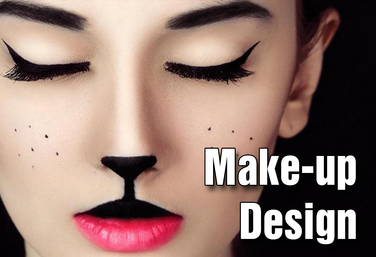
Part of the Stagecraft Without a Theatre Curriculum
Make-Up Design
by Karen Loftus and Josh Hatt
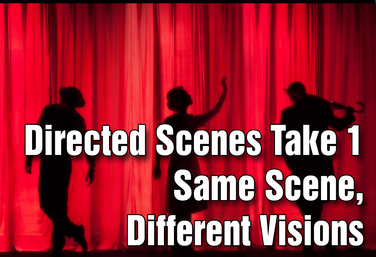
Part of the Middle School Curriculum
Unit Six: Directed Scenes Take 1: Same Scene, Different Visions
by Lindsay Johnson
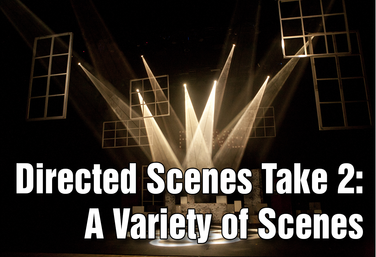
Part of the Middle School Curriculum
Unit Seven: Directed Scenes Take 2: A Variety of Scenes
by Lindsay Johnson
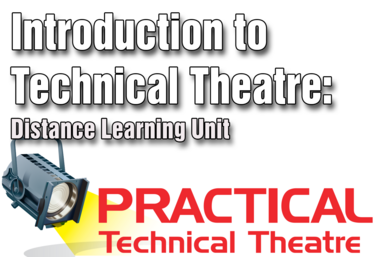
Part of the Distance Learning Curriculum
Introduction to Technical Theatre: Distance Learning
by Lindsay Price
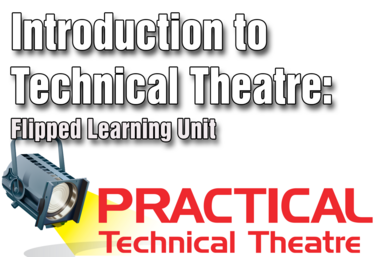
Introduction to Technical Theatre: Flipped Learning
by Lindsay Price
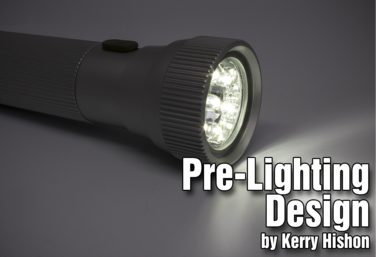
Pre-Lighting Design
by Kerry Hishon
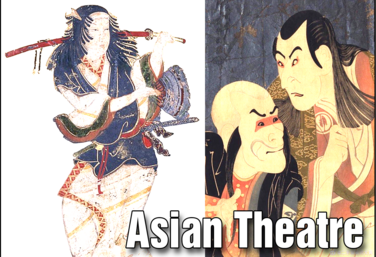
Part of the Theatre History Curriculum
Unit 5: Asian Theatre
by Drama Teacher Academy
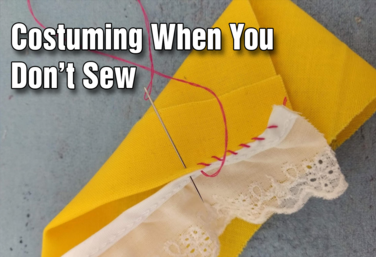
Tech Theatre Unit: Costuming When You Don't Sew
by Drama Teacher Academy
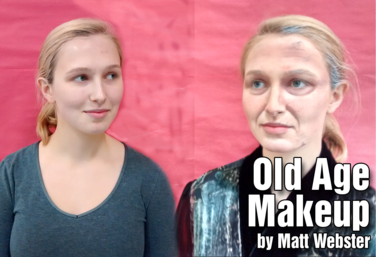
Old Age Makeup
by Matt Webster
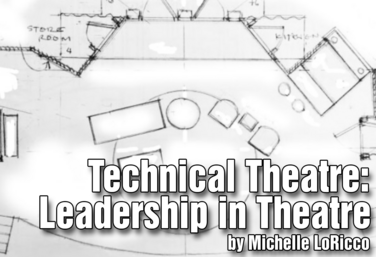
Technical Theatre: Leadership in Theatre
by Michelle LoRicco
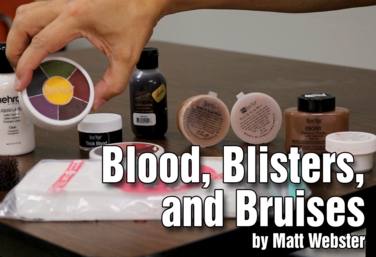
Blood, Blisters & Bruises Makeup
by Matt Webster

The Do-it-All Director's Introduction to Costuming
by Holly Beardsley
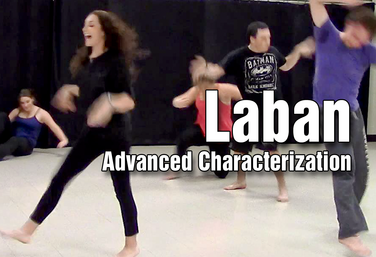
Laban: Advanced Characterization
by Todd Espeland
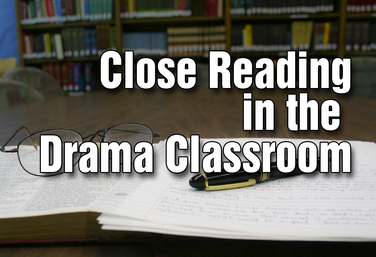
Close Reading in the Drama Classroom
by Lindsay Price
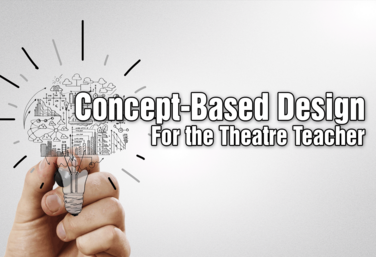
Concept-Based Design for the Theatre Teacher
by Matt Webster
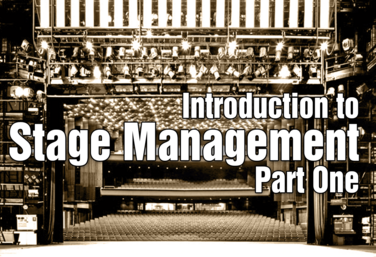
Introduction to Stage Management Part One
by Karen Loftus
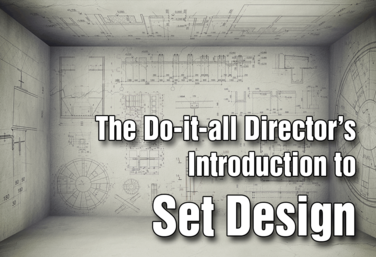
The Do-it-All Director's Introduction to Set Design
by Holly Beardsley
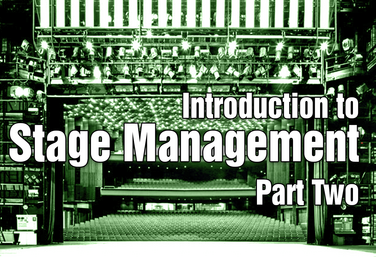
Introduction to Stage Management Part Two
by Karen Loftus
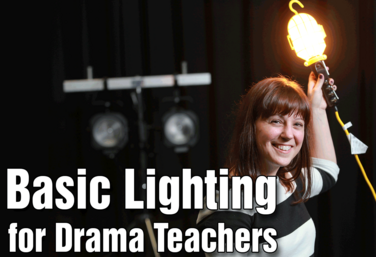
Basic Lighting for Drama Teachers
by Claire Broome
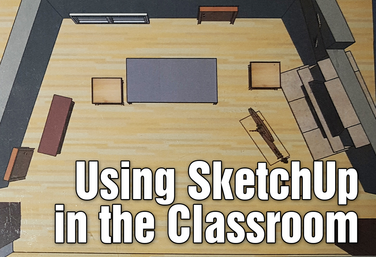
Using SketchUp in the Classroom
by Ray Palasz

The Production Classroom
by Karen Loftus
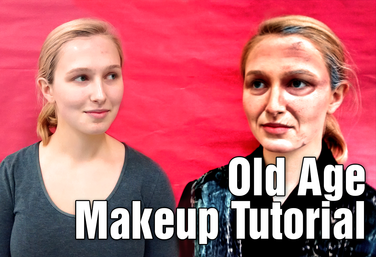
Old Age Makeup Tutorial
by Matt Webster
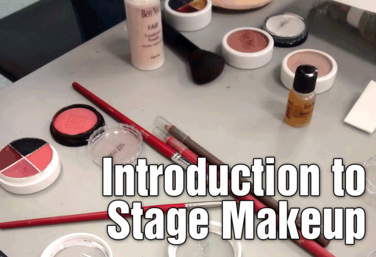
Introduction to Stage Makeup
by Matt Webster
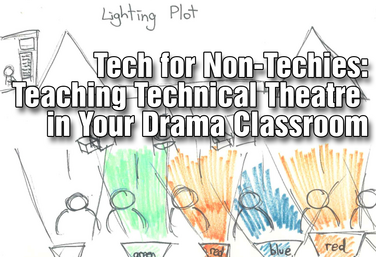
Tech for Non-Techies: Teaching Technical Theatre in Your Drama Classroom
by Josh Hatt
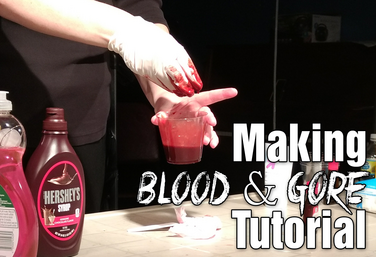
Making Blood and Gore Tutorial
by Linda Veneris
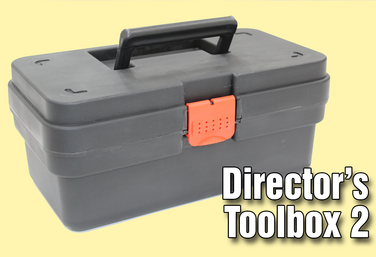
Director's Toolbox 2: Teaching Students to Direct
by James Van Leishout
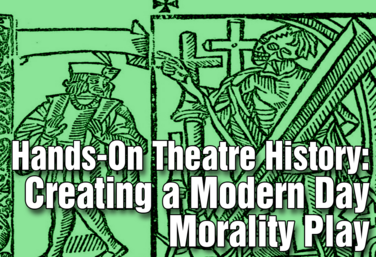
Hands-On Theatre History: Creating a Modern Day Morality Play
by Wendy-Marie Martin
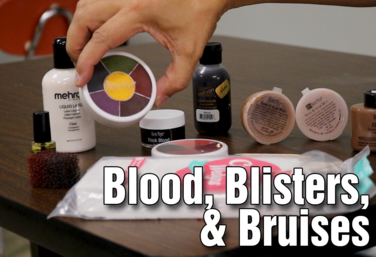
Blood, Blisters & Bruises
by Matt Webster
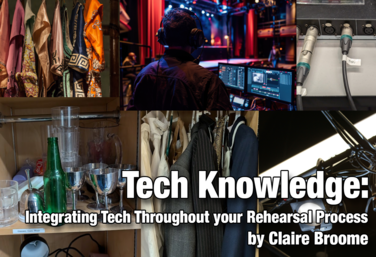
Tech Knowledge: Integrating Tech Throughout Your Rehearsal Process
by Claire Broome
View all Standards for North Carolina Essential Standards 2010 Standards Master List